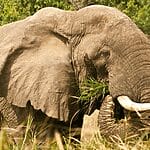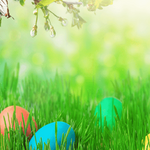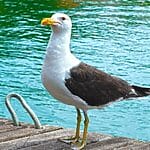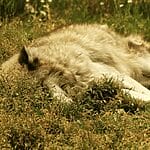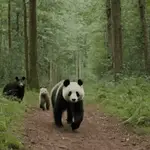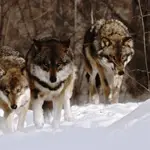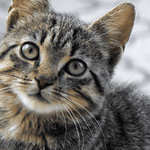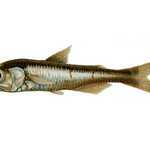Brown animals are all around us, but surprisingly easy to overlook. Their earthy tones blend perfectly with natural landscapes, making them true masters of camouflage. This color provides a significant advantage in the wild, helping them stay hidden from predators or remain unseen as they hunt.
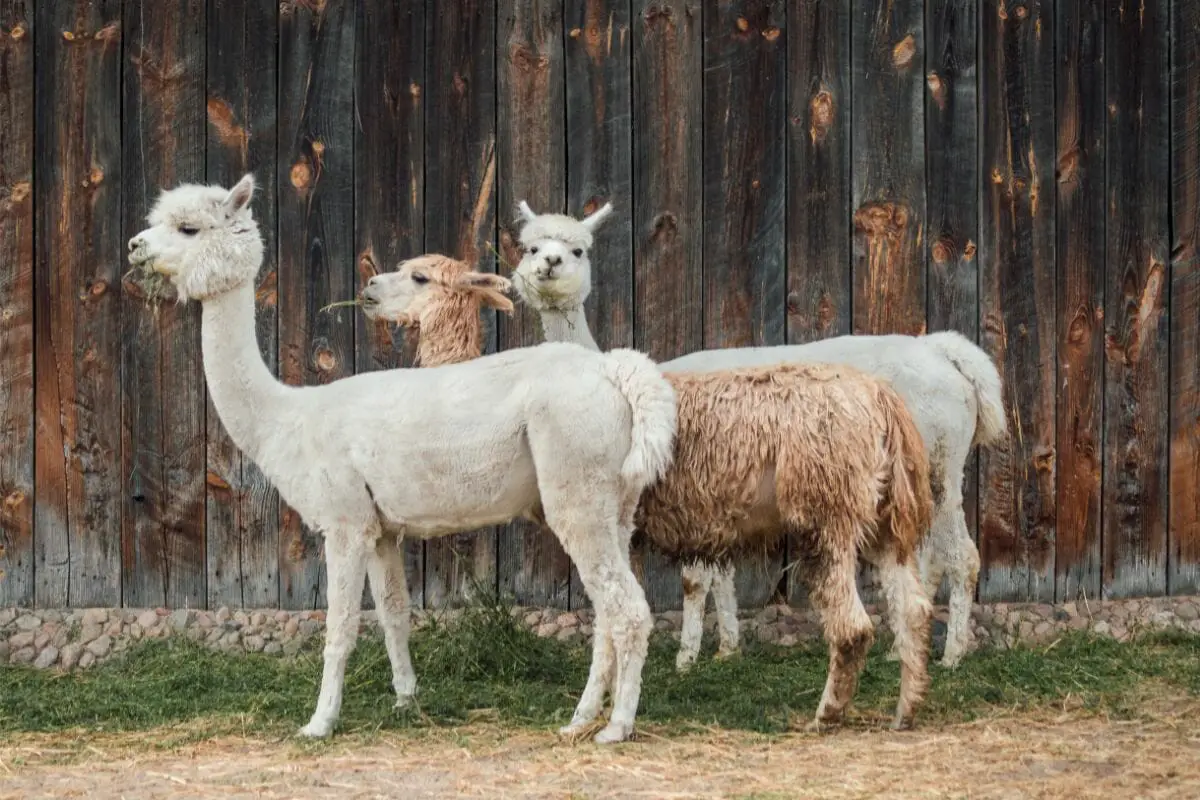
For those fascinated by the animal kingdom, understanding why so many creatures are brown opens a window into their unique adaptations and survival techniques. While brown might seem simple, it serves an important purpose in nature.
In this guide, we’ll explore the diverse group of animals that share this natural hue, uncover the reasons behind their coloring, and highlight some remarkable examples you might not expect.
23 Animals That Are Brown
Alpaca
Alpacas are South American camelids that are frequently mistaken for llamas, while both of these species are related to camels. They have been tamed by the Andeans and eat only plants, while they are also quite sociable animals.
As for their color, they have 16 different ones, which include light, medium, as well as dark brown. No matter what, however, they all have delicately textured wool that makes them great for hugs!
Brown Bear
A brown bear is a big, hairy creature living in Europe (Also check out Animals That Live In Europe), Asia, as well as North America that is also considered a national animal in many countries.
This animal, as its name indicates, has long and dense fur that varies in color and that usually depends on where it lives.
Also called grizzly bears in regions like North America, you might have also heard some people call them Kodiak bears. However, this is a subspecies of the famous brown bear which lives in the homonymous Alaskan islands.
They are considered to be the world’s biggest bear species, only marginally smaller than polar bears.
Bactrian Camel
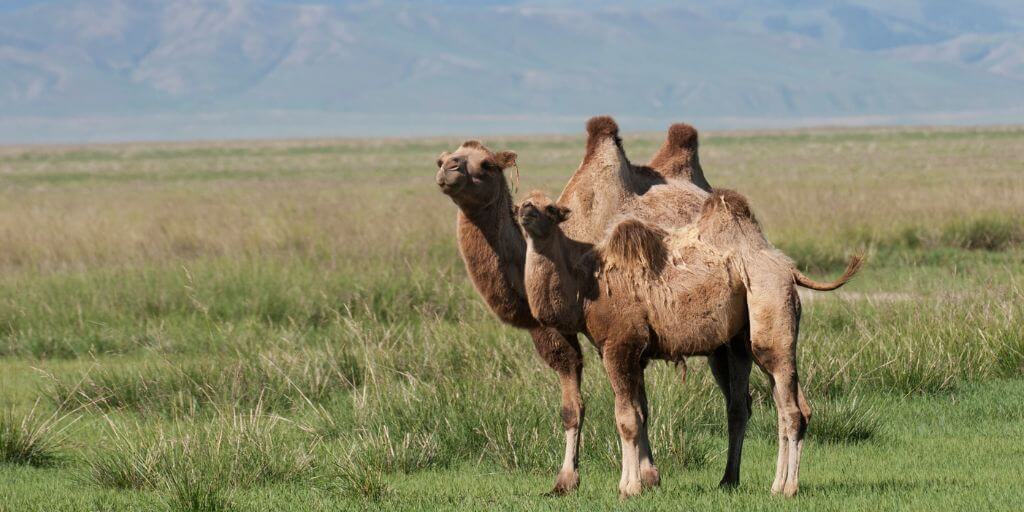
It’s normal if you haven’t seen any Bactrian camels in the Sahara Desert, as they are big creatures living in Central Asian plains.
They are also classified as Mongolian camels and it’s worth mentioning that they have been domesticated since there is a Bactrian sibling of them that’s still living wild and untamed.
Moreover, Bactrian camels are distinguished by their color and their hump. That is because, unlike the camels encountered in Africa and the ones most people picture when they think of camels, these ones have one hump rather than two, and are brown in color.
They are also quite big and heavy animals, weighing over 2,000 pounds and standing up to more than 8 feet tall.
Brown Trout
You might have heard of the German trout, but that is just another name for the brown trout as this fish used to live mainly in Western Europe.
Nowadays, you can find a brown trout in any lake or river in the world apart from Antarctica as it has been bred in those waters too by humans.
With a lifespan of 12-20 years, it is a fish with brown skin that might even be as heavy as 44 pounds, but you will usually find them sold by the fishmonger weighing anything from 2-10 pounds.
Orangutans
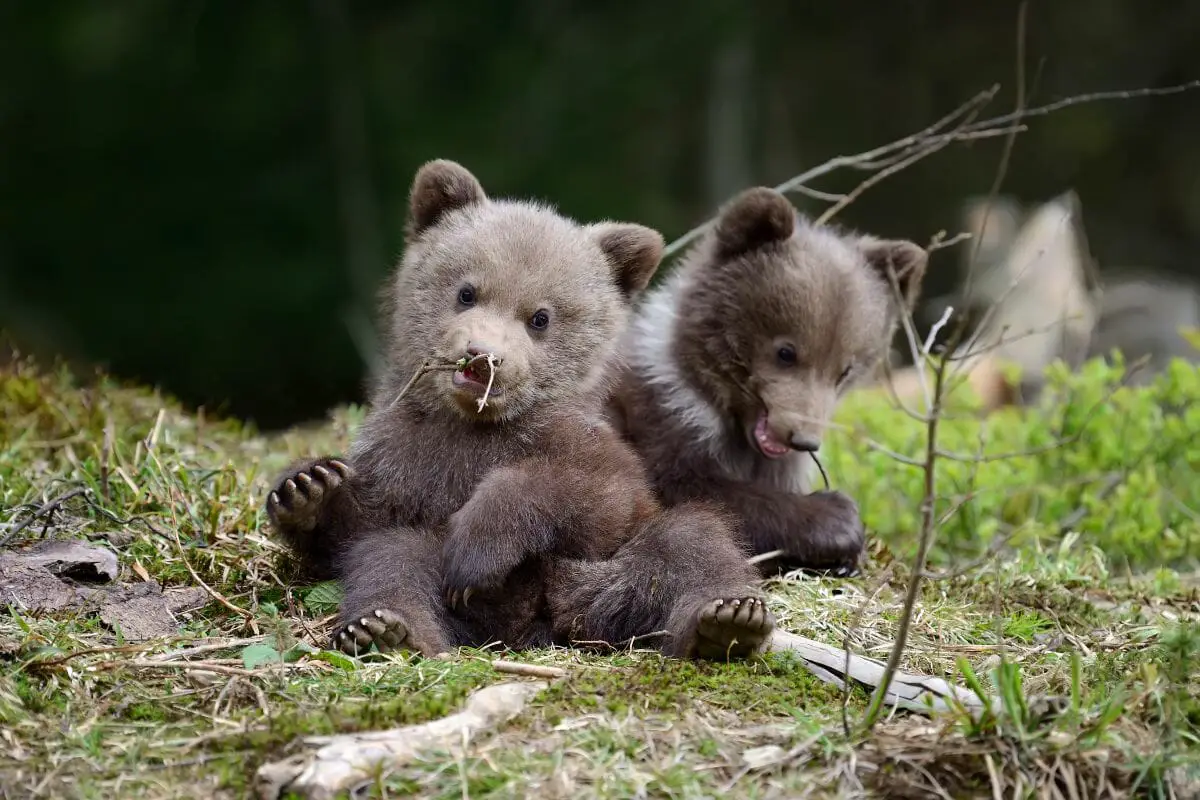
Orangutans are wonderful apes that live in the Indonesian and Malaysian tropical forests. They are the biggest of the tree-dwelling living creatures, with amazingly long arms, short legs, and red-brown body color.
They also have impressive foreheads, which are particularly noticeable in the young ones, while the male orangutans usually grow to have thick cheeks that draw attention to their heads.
However, the most fascinating fact about these animals is that they are human’s closest living relatives, as we share nearly 97% of our genetic material with them.
In fact, the very term “orangutan” is derived from the Malaysian words “orang” and “hutan,” which mean “forest human.”
And yes, they have brown fur and black skin, which you can clearly see on their face, palms, and other limbs as that is the only place where they’re not covered with their brown hair.
Ruddy Ducks
Smaller in size than other ducks, ruddy ducks have stiff tails, short necks, and white heads and cheeks with black caps.
Native to North America, you can see them swimming in your nearest pond or lake if you live in a North American region.
One thing you might notice, though, is how their coloration changes with the seasons, as in the summer they have a chestnut-brown color whereas when winter arrives, they turn grayish-brown.
Bongo Antelope
The third largest antelope species, bongos are another animal in this list that eats only plants and has brown fur!
They also have vibrant white stripes on their sides that assist them in camouflage, and they have spiraled horns and tails regardless of their gender.
Native to Africa, they are divided into two subspecies, western and eastern. Eastern bongos are browner than western ones, but their coats’ pigmentation can run off easily, so if rain runs off a bongo it can be red-brown.
Bicolor Commodore
The Bicolor Commodore is a stunning, nymphalid butterfly that is prevalent in the Asian tropics and subtropics. It is distinguished by its dark brown wings that expand to reveal its vibrant yellow forewings.
These butterflies also have white patches on the back side of their wings, with both sides presenting wavy structures.
There is not much known about these lovely butterflies, but they are mostly found in the wild and they can fly over 8000 feet in certain Asian regions, including India!
Minks
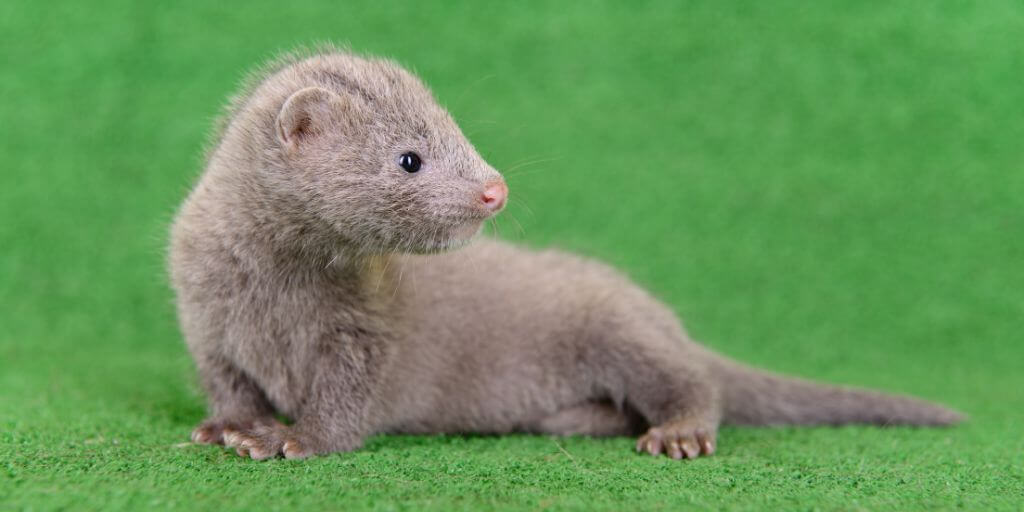
Minks are semi-aquatic animals native to North America, Europe, and Asia. If there is a tree shelter near the area, these animals are typically seen near lakes and streams.
Long and thin, with short legs, pointy snouts, and claws, they are brown in color but range from tawny brown to deep dark brown, especially when seen in the wilderness.
Minks are great at digging, swimming, and climbing, as they are capable of swimming up to 100 feet beneath the water and jumping from branch to branch.
And while they might have an adorable appearance, they are amazing predatory animals who kill other animals with a bite to their necks.
Capybaras
Also recognized as Carpinchos or Water Hogs, Capybaras are rodents, but not just any rodent. They are actually the biggest rodents in the world!
They partly live in water and partly in the scrublands and waters of Northern and central South America. They are animals that mainly eat plants, but they do eat their own feces too because surprisingly enough, it is a great source of protein.
With their facial features high on their heads to stay vigilant and attentive to all kinds of threats, they are another animal on this list with brown fur.
Walrus
A walrus is a big sea creature that lives in the waters of polar regions. It is another friendly and social animal that can cohabitate in a group of 100 animals if needed.
They have big tusks and whiskers that are two of the features that they are most known for, and they are big enough to notice from afar too.
Their skin is dark brown or red-brown and even though they are nearly twice as heavy as bears, bears still attack them on occasion.
Pangolin
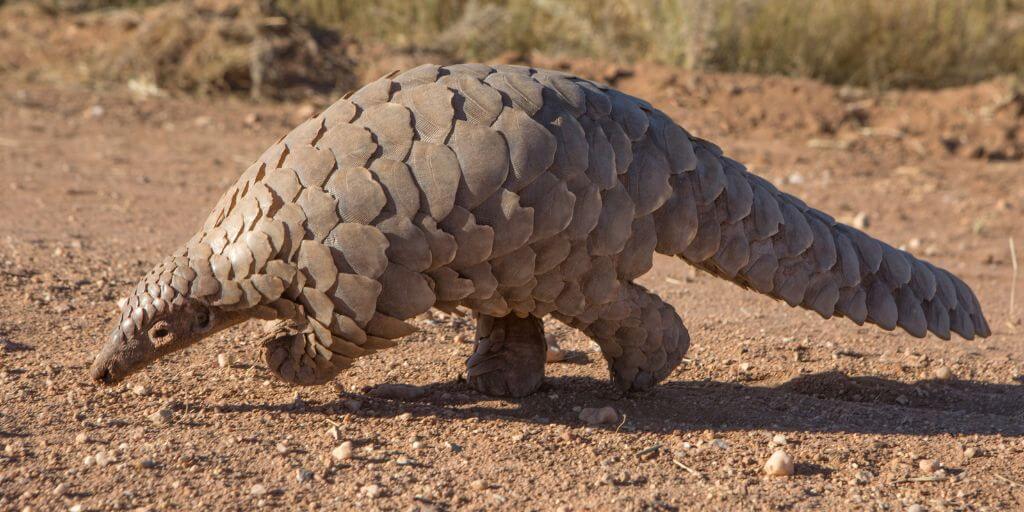
A pangolin is quite often referred to as a scaly anteater, and it’s easy to see why: they have lengthened snouts and tongues that they use to consume their favorite food, ants, and bugs.
While it is true that this animal looks like an anteater but with sturdier armor, these two creatures aren’t related to one another.
The term “pangolin” is derived from the Malaysian term for roller, “penggulung,” and alludes to the animal’s behavior of rolling into a ball (see also: Animals That Roll Into A Ball)as a means of hiding from its predators.
With its color ranging from light brown to dark, it is also a mammal that’s, unfortunately, the no.1 victim of trafficking on our planet, with people taking it from its natural habitat to use it for food and medicine.
Cedar Waxwing
In case you’ve actually seen a Cedar Waxwing sometime in your life, you’ve definitely distinguished it from the other birds flying around in the area.
That is because this bird is anything but ordinary, and the color mix it presents must have had you looking at it with wonder.
Medium in size, Cedar Waxwings have a stunning combination of dark brown, white, red, and black on their wings, with their bodies being the color yellow.
These birds do well and grow best in forest areas, and they tend to have a preference for locations that are closer to rivers and streams.
As a result, you will mostly see them in countries like Canada or regions like the South American northwest.
Red Panda
The red panda (Ailurus fulgens) is a small mammal native to the eastern Himalayas and southwestern China. It features a reddish-brown coat, a bushy tail with rings, and white-lined ears.
Known for its tree-dwelling lifestyle, it climbs using semi-retractable claws, spending much of its time among branches. Primarily herbivorous, the red panda feeds on bamboo but may consume fruits, acorns, and occasionally small animals.
Solitary by nature, these pandas only seek out others during mating season. With threats from habitat loss and poaching, the red panda is classified as endangered, highlighting conservation concerns for this species.
Cougar
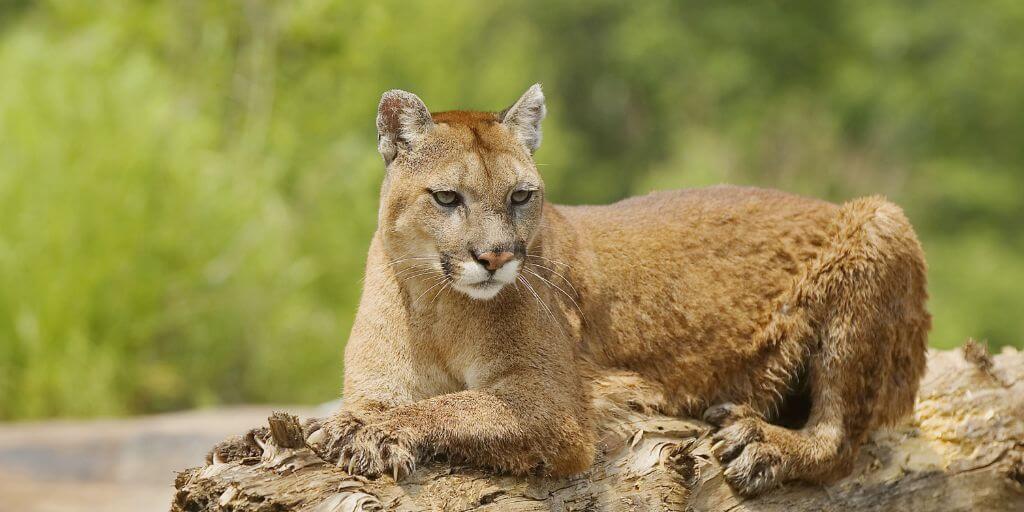
The cougar (Puma concolor), also called the mountain lion or puma, is a large and adaptable cat native to the Americas. Known for its tawny coat, it blends seamlessly into various environments, from forests to open plains.
This predator is solitary, often hunting deer but also preying on smaller animals. Cougars are skilled hunters, relying on their strength and agility to capture prey.
While classified as “Least Concern” by conservation organizations, cougars still face risks from habitat loss and human conflict. Their ability to thrive in diverse habitats has made them one of North America’s most resilient big cats.
Marmot
Marmots are sizable ground squirrels belonging to the genus Marmota and are found in mountainous regions across North America and Eurasia. They have strong, compact bodies, short legs, and claws designed for digging burrows. Marmots are social animals that live in colonies and hibernate during colder months. They feed on grasses and other vegetation, often developing brownish fur that provides camouflage within their habitats. These rodents play essential ecological roles by aerating the soil through their digging activities, which benefits plant growth and contributes to the balance of their ecosystems.
Bush Pig
The bush pig (Potamochoerus larvatus) is a wild pig native to sub-Saharan Africa and Madagascar. It has a distinctive coat that varies from reddish to dark brown, often with lighter markings on its face.
Known for its robust snout, the bush pig digs through soil in search of roots and small animals. As omnivores, they consume a range of food, including crops, which sometimes leads to conflict with local farmers.
Bush pigs live in social groups, and though not endangered, they can become a nuisance in agricultural areas due to their foraging behavior.
Copperhead
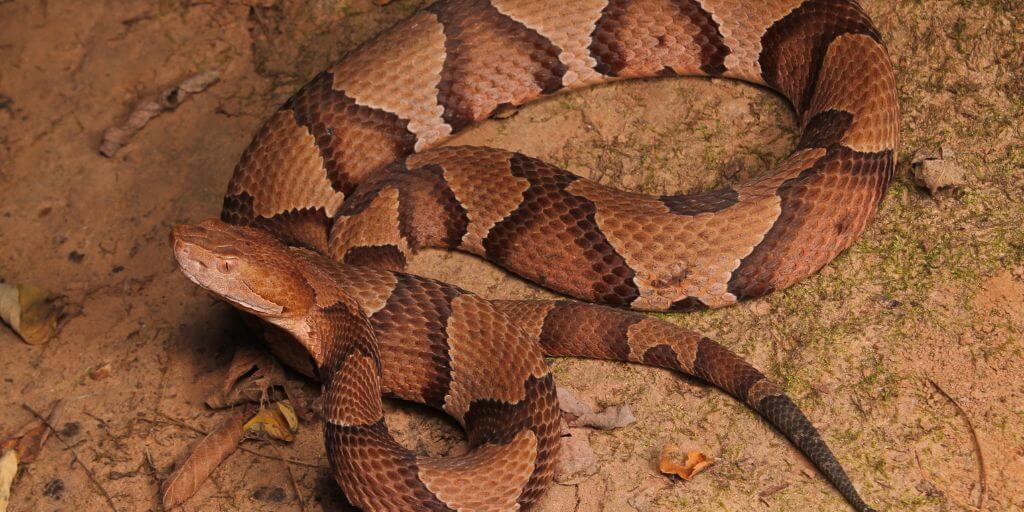
The copperhead (Agkistrodon contortrix) is a venomous snake found in the eastern United States. Its name comes from its copper-colored head, and it features hourglass-shaped bands along its body.
Copperheads inhabit forests, swamps, and rocky areas, often near water sources. They are ambush predators, feeding on small mammals, birds, and insects. Although venomous, their bites are rarely fatal to humans.
Copperheads play an essential role in controlling rodent populations within their ecosystems, but they also encounter risks from habitat loss and human activities that threaten their survival.
Brown Fish Owl
The brown fish owl (Ketupa zeylonensis) is a large owl species found in South and Southeast Asia. With brown streaked plumage, it camouflages effectively among tree branches near rivers and lakes.
This owl primarily hunts fish, frogs, and crustaceans, making it well-suited to habitats near water. Mostly active at night, brown fish owls may sometimes hunt during overcast days.
Their population faces threats from habitat destruction, particularly when rivers and forests are impacted by human development, which affects their primary food sources.
Little Bunting
The little bunting (Emberiza pusilla) is a small migratory bird that breeds across northern Eurasia. Recognized for its chestnut-colored face with black crown stripes, it has white underparts with subtle streaking.
Little buntings winter in South Asia, inhabiting open woodlands and fields where they find food. Their diet consists of seeds and insects, making them integral to local ecosystems.
While not currently endangered, habitat changes along migration routes pose challenges for their survival, highlighting the importance of conservation efforts to support their migratory patterns.
Earless Monitor Lizard
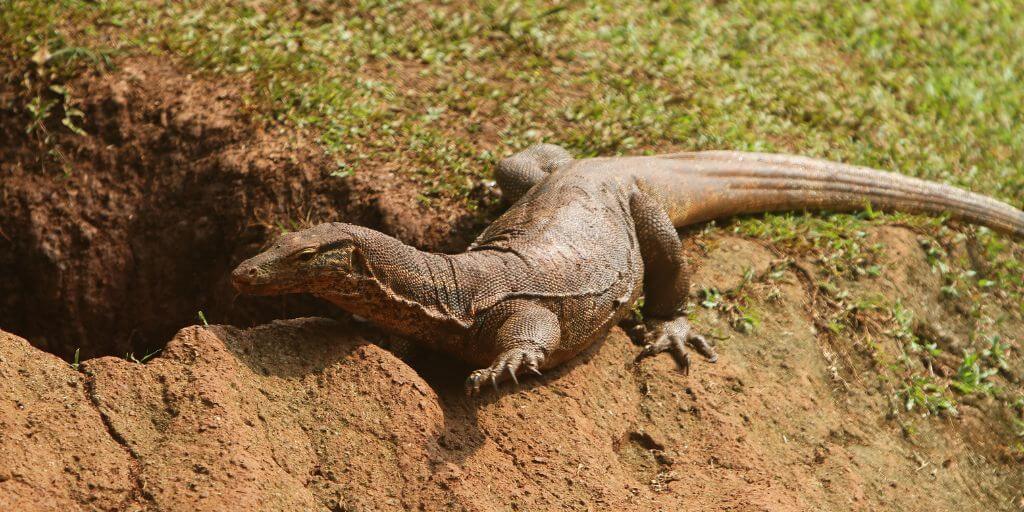
The earless monitor lizard (Lanthanotus borneensis) is a rare reptile found only in Borneo’s rainforests. Known for its lack of external ear openings, it has smooth, brown scales that provide camouflage among leaves and logs.
Semi-aquatic by nature, the earless monitor lizard hunts small invertebrates, including worms and crustaceans, often near water sources. Although elusive, this lizard faces threats from habitat destruction and illegal pet trade, placing it at risk despite its low visibility in its natural environment.
Pied Tamarin
The pied tamarin (Saguinus bicolor) is an endangered primate limited to small areas near Manaus in Brazil’s Amazon. With dark brown backs, white fronts, and hairless black faces, these small monkeys live in family groups led by a dominant female.
Pied tamarins communicate and maintain group cohesion through vocalizations and social grooming. Habitat loss and urban expansion threaten their survival, making them one of the most endangered primates in the region.
Conservation efforts aim to preserve their habitats and protect their limited populations.
American Bison
The American bison (Bison bison) once roamed North American plains in large numbers but now resides mostly in protected areas. Known for their dark brown, shaggy coats, bison graze year-round, shaping prairie ecosystems and promoting biodiversity.
These herbivores play key roles in their habitats by maintaining grasslands, which benefits other species. Although they are no longer endangered, historical overhunting nearly drove them to extinction.
Today, conservation efforts focus on sustaining their populations and ensuring their role in ecosystem health.
Whitetail Deer
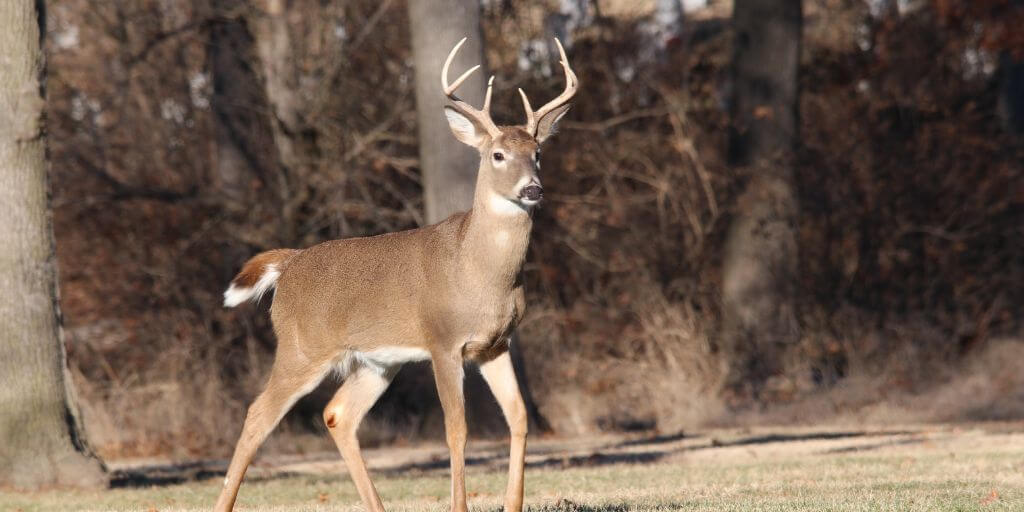
The whitetail deer (Odocoileus virginianus) is one of the most widespread species in North America, inhabiting a range of environments from forests to suburban areas. It has a reddish-brown coat in summer that turns grayish-brown in winter.
Known for its white tail, raised as a warning to others when sensing danger, this deer adapts well to various landscapes. Whitetails are herbivorous, feeding on plants, leaves, and crops.
Conservation and hunting regulations help manage their populations, balancing human interaction and preserving natural habitats where they thrive.
The Bottom Line
In this article, we presented you with 23 animals that are brown in color. Some of them live in the wild, others have been domesticated, while others live only in specific regions of this world.
Either way, they all have their own distinguishable features, and they all belong to a different species, which makes them quite special!
FAQs
How Do Spiders Capture and Eat Ants?
Spiders like black widows and jumping spiders prey on ants by trapping them in webs or ambushing them. They inject venom to paralyze the ants, allowing them to feed safely. This process makes spiders significant in controlling ant populations by reducing their numbers effectively.
Can Fungi Consume Ants?
Certain fungi can infect ants, taking over their bodies and influencing their behavior to spread fungal spores efficiently. This unique process allows fungi to regulate ant populations within ecosystems, showing the intricate relationships between fungi and insect species in nature.
Do Any Insects Eat Ants?
Yes, several insects, such as antlions, phorid flies, and specific beetles, prey on ants. Antlions set traps for ants, while phorid flies lay eggs that hatch and consume ants from within. Certain beetles also hunt ants as part of their diet, showcasing predatory diversity.
Can Other Ants Be Predators of Ants?
Yes, some ant species prey on other ants. Species like army ants and raider ants raid other colonies for food and larvae, displaying cannibalistic behavior. This predation helps control ant populations and highlights complex interactions within ant communities.
- What Should I Do If A Koala Bites Me? Safety Guide - 2024-05-30
- Are Kangaroos Born Without Hind Legs? A Fascinating Journey - 2024-05-30
- Animals That Look Like Squirrels - 2024-05-30

